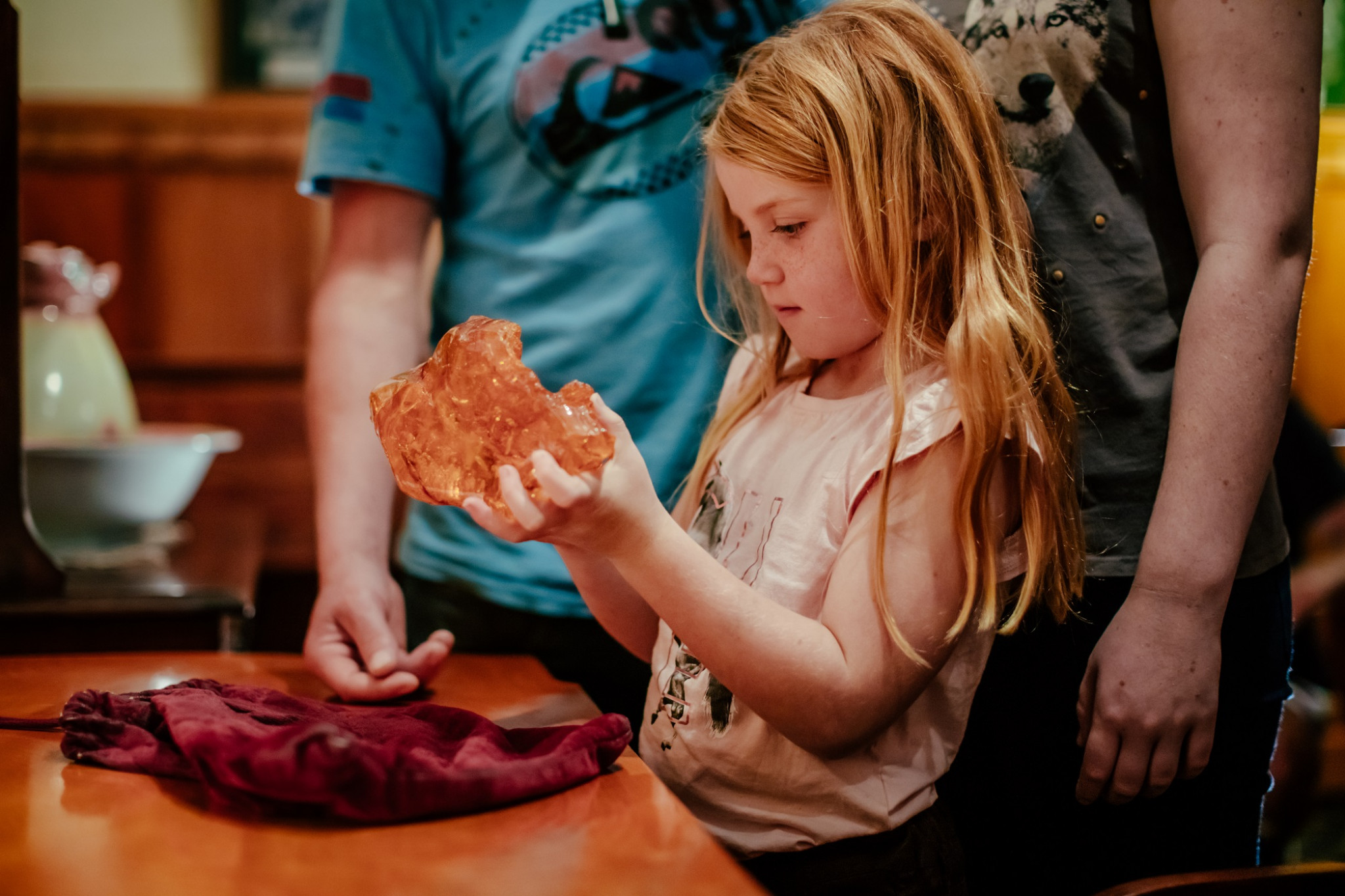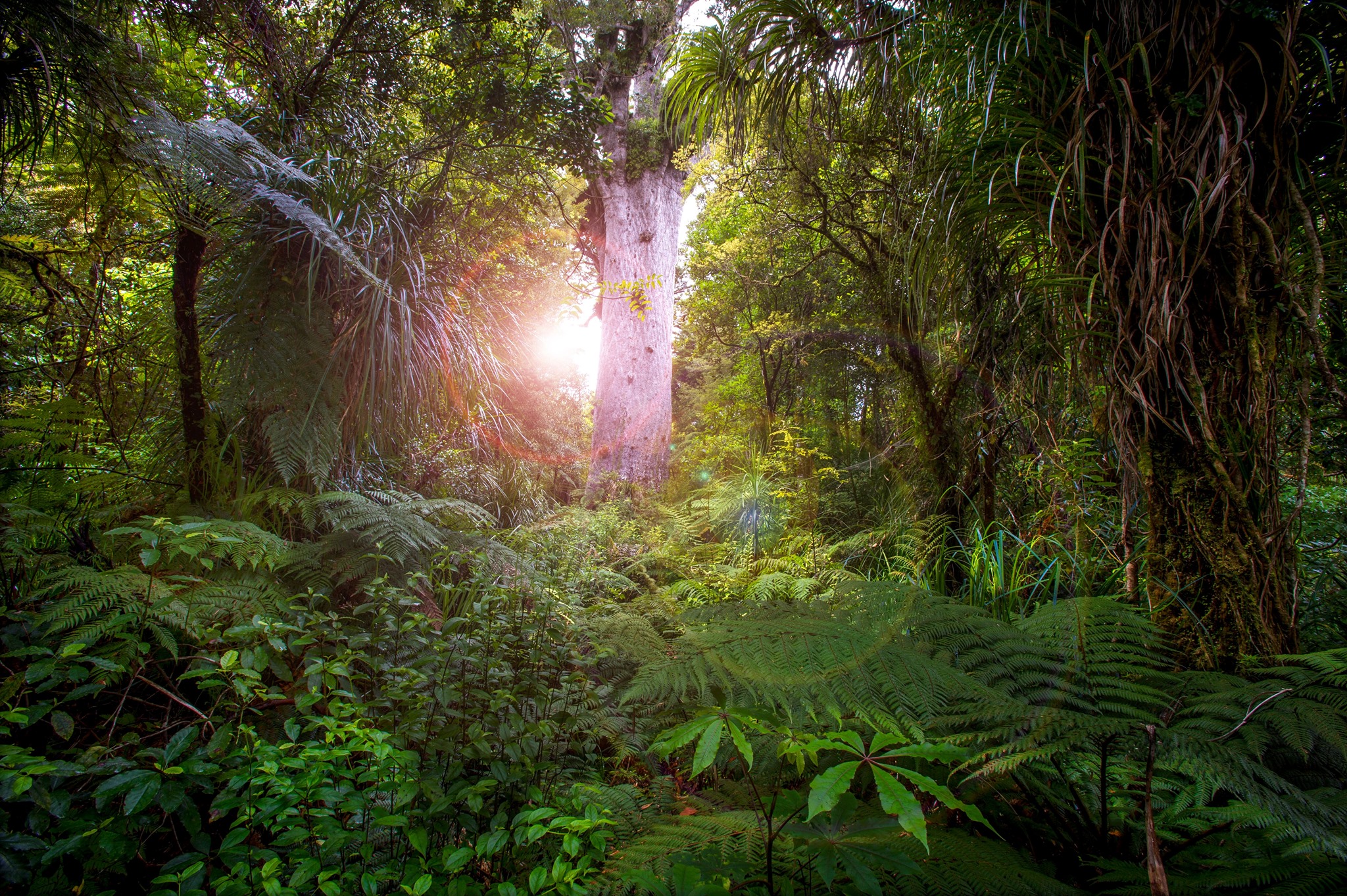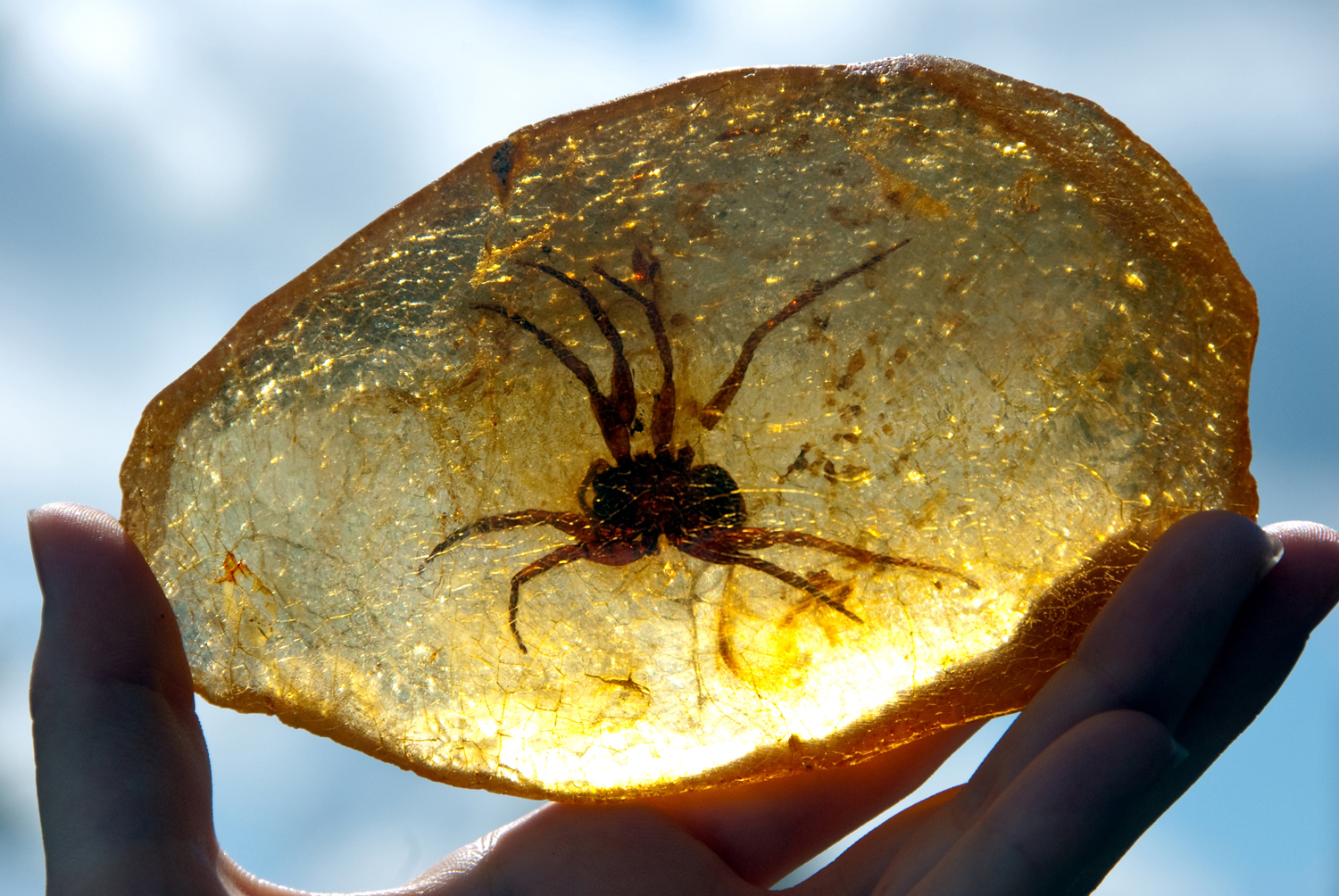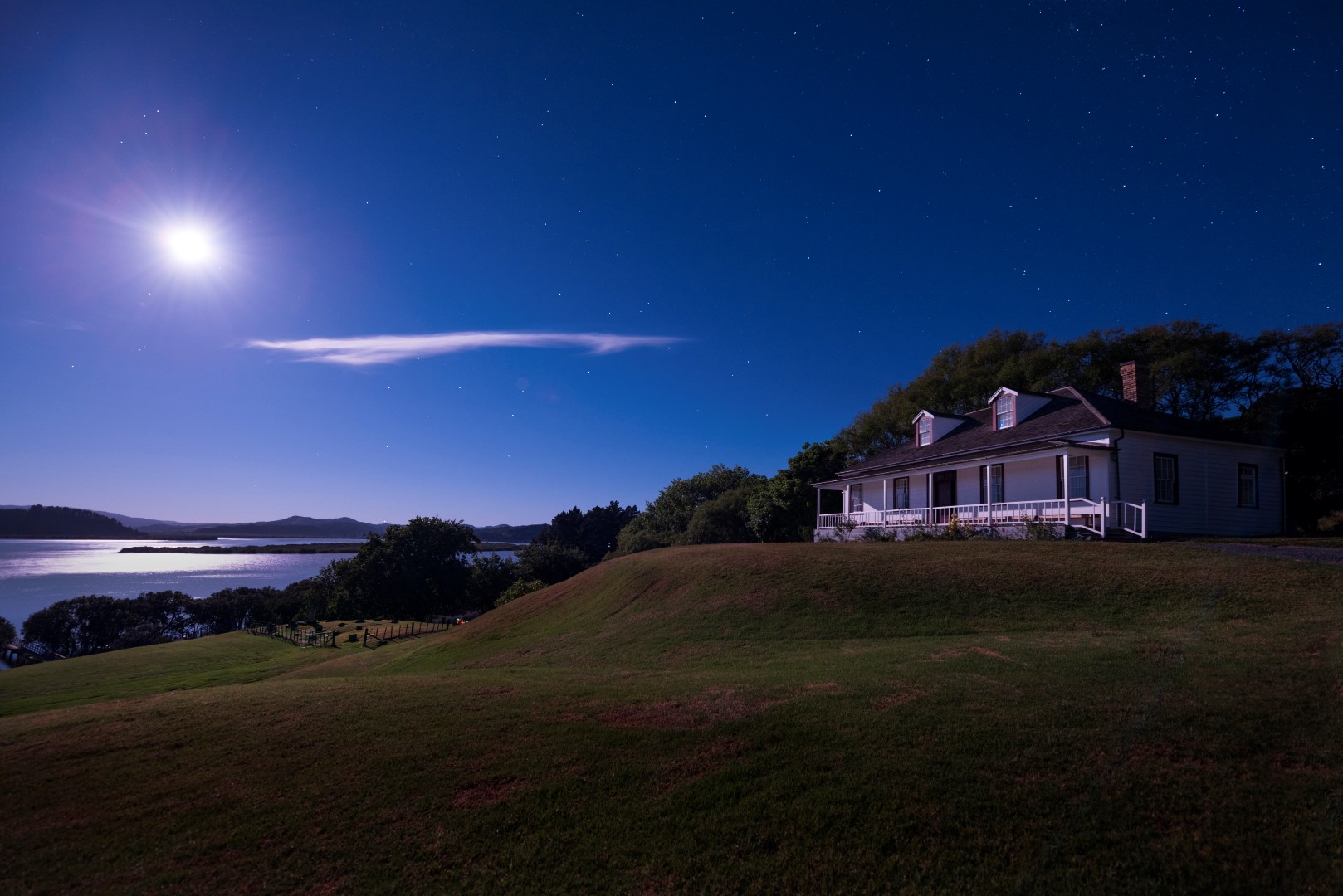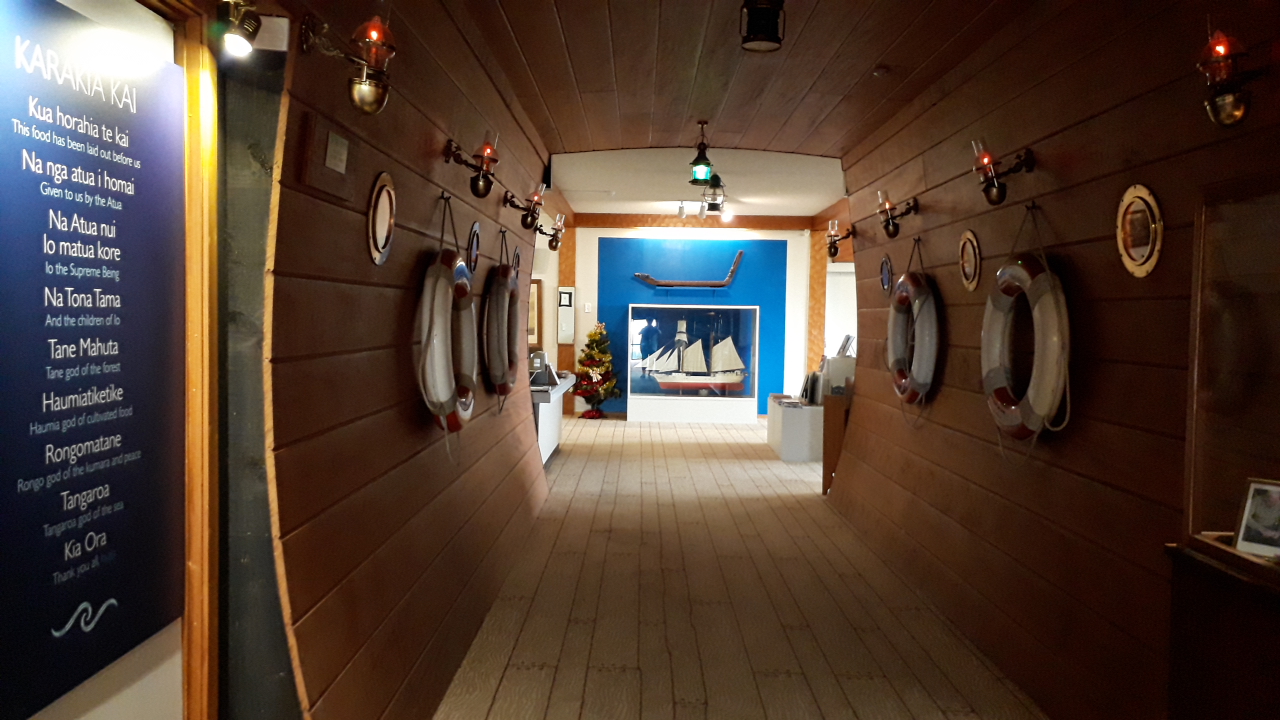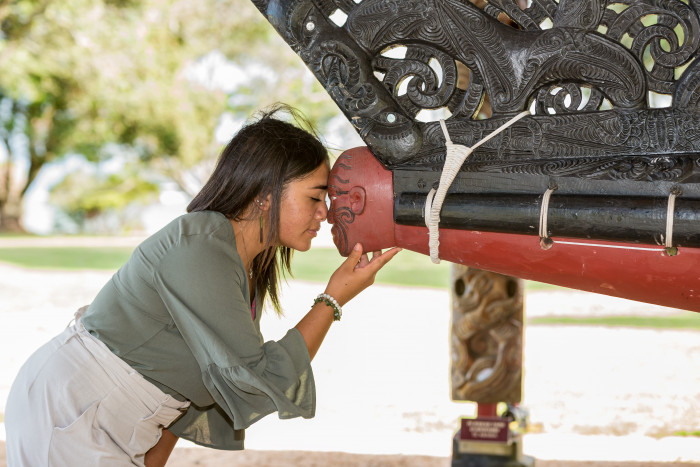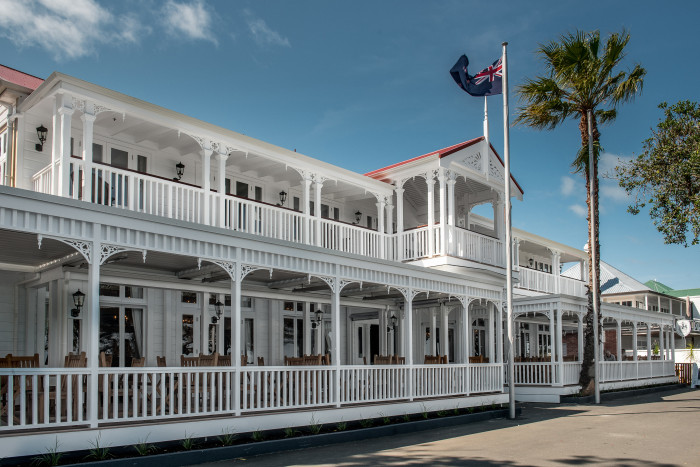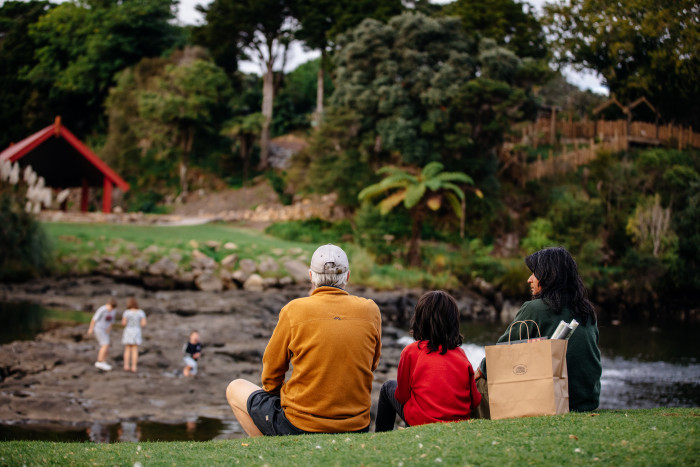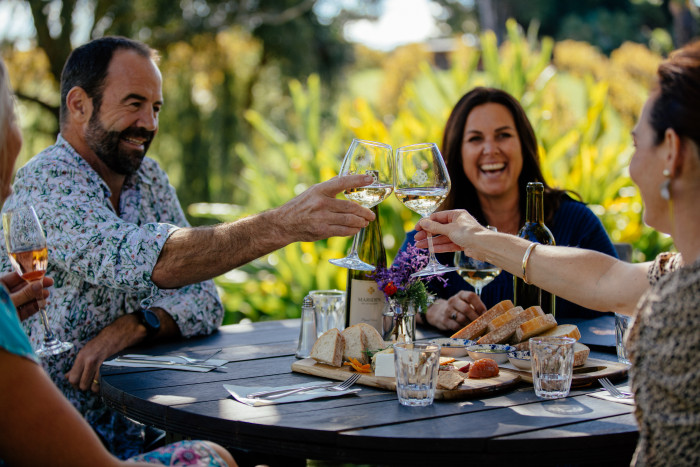
This hauntingly beautiful area which stretches from Brynderwyn in the south to the Hokianga Harbour in the north has perhaps the longest and richest history in all of Aotearoa New Zealand.
Discover the shores where the great Polynesian discoverer Kupe first landed and hear his story overlooking the Hokianga Harbour. Stand beneath the world’s oldest and largest kauri trees, and learn of the livelihoods they have supported, and the threats they now face. Every inch of this region has a story attached. Natural beauty adds to the appeal, from sparkling crystal-clear dune lakes to towering sand dunes, prehistoric rock formations to the nation’s largest harbour, the Kaipara. Ripiro Beach which stretches most of the length of this region is the country’s longest drivable beach, claiming an impressive 153 shipwrecks amidst its sands.
Must-Do Experiences in the Kauri Coast and Hokianga
Hidden Gems in the Kauri Coast and Hokianga
- The unique Wairere Boulder valley, full of million-year-old fluted boulders
- The crystal-clear and brilliant blue waters of Kai Iwi Lake in the Taharoa Domain
- The fantastic art scene and galleries at Kohukohu and Rāwene
- The country’s longest drivable beach, Ripiro Beach which, at over 100km long, is longer than Te Oneroa a Tōhē Ninety Mile Beach
- The giant sand dunes in the Hokianga and at Poutō, especially in the glowing golden light of sunset
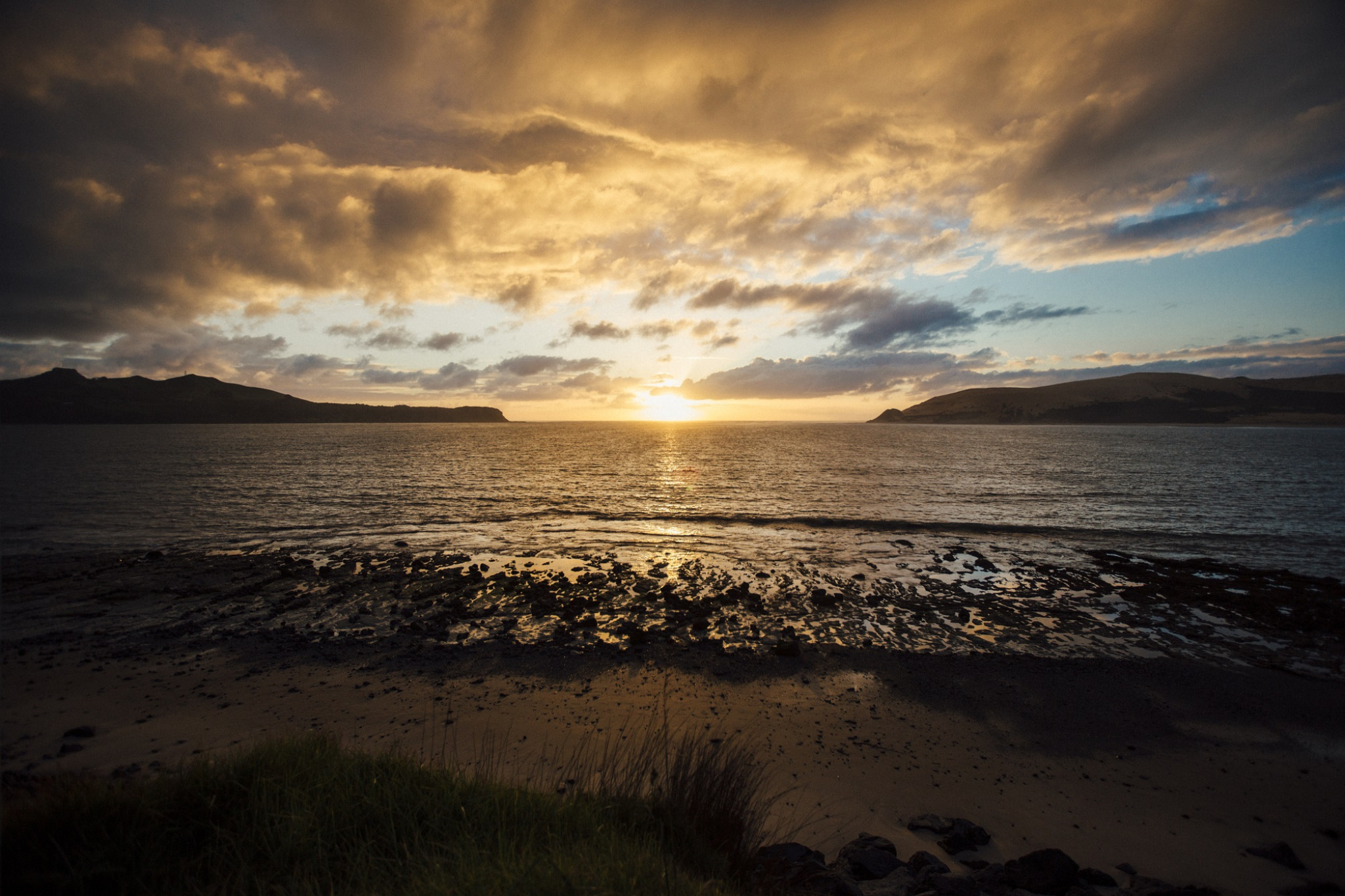
Towns and Villages
Discover the Kauri Coast & Hokianga
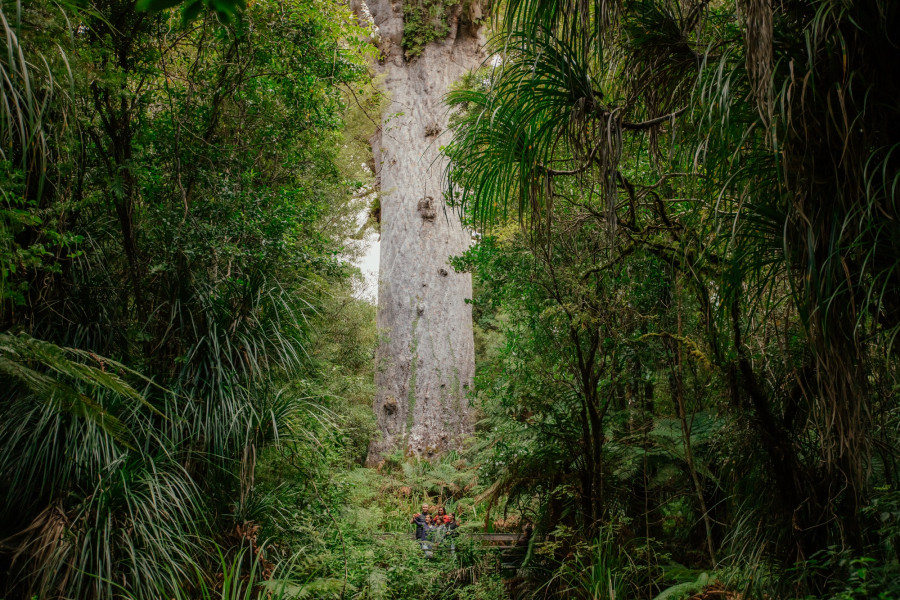
Tāne Mahuta, Waipoua Forest
Ōmāpere, Opononi and Waipoua
As you approach the seaside sister settlements of Ōmāpere and Opononi you’ll notice the immense sand dunes of Niwa, the northern head of the harbour. A walking track leads to an old signal station on Arai Te Uru, the south head. Take a boat trip across the harbour to the giant dunes where you can try dune surfing or get your adrenalin pumping with an informative jet ski tour of the harbour. Take a walk on the beach between Koutu and Kauwhare where you will find the Koutu Boulders, one of the Hokianga’s best kept secrets. These dual settlements are the main hub for the southern Hokianga Harbour, home to cafes and restaurants, plenty of accommodation options including boutique and luxury stays, and cultural experiences and historical points of interest. The cultural centre, Manea Footprints of Kupe adds another reason to visit, sharing the story of Kupe, the great Polynesian explorer and immersing visitors in Te Ao Māori (the Māori world) through storytelling and carvings. Further south of the harbour is the Waipoua Forest, domain of Tāne Mahuta, the Lord of the Forest, and Te Matua Ngahere, the Father of the Forest - Aotearoa New Zealand’s largest and oldest living kauri trees. Learn of legends, gods and myths on a guided journey through Waipoua Forest, or explore the forest trails and discover the giant kauri trees, on your own.
Rāwene, Kohukohu, Horeke
Horeke, a picturesque little port town was the first settlement in the Hokianga and the second oldest town in Aotearoa New Zealand. With its houses built on piles, the first tavern ever built in Aotearoa New Zealand in Horeke, and the Māngungu Mission nearby there is a multitude of reasons to visit this historic little town. The nearby Wairere Boulders is the only valley worldwide of its kind where there are thousands of boulders stacked on top of each other, some around 30m high. While you are there, take a dip in the swimming hole or enjoy a coffee at the cafe. Further down the Hokianga Harbour, Rāwene, Aotearoa New Zealand’s third oldest European settlement has great cafés, craft shops, and the historic Clendon House. Hop on a ferry to see some amazing scenery and enjoy the Victorian village of Kohukohu. It was the bustling heart of the kauri industry and now home to a fantastic creative community. All three towns are linked by the Pou Herenga Tai Twin Coast Cycle Trail, the Kauri Coast Cycleway and the Far North Cycleway. A tour boat also ferries cyclists between the towns. If exploring at a slower pace is your thing, be sure to allow enough time to truly experience this beautiful region.
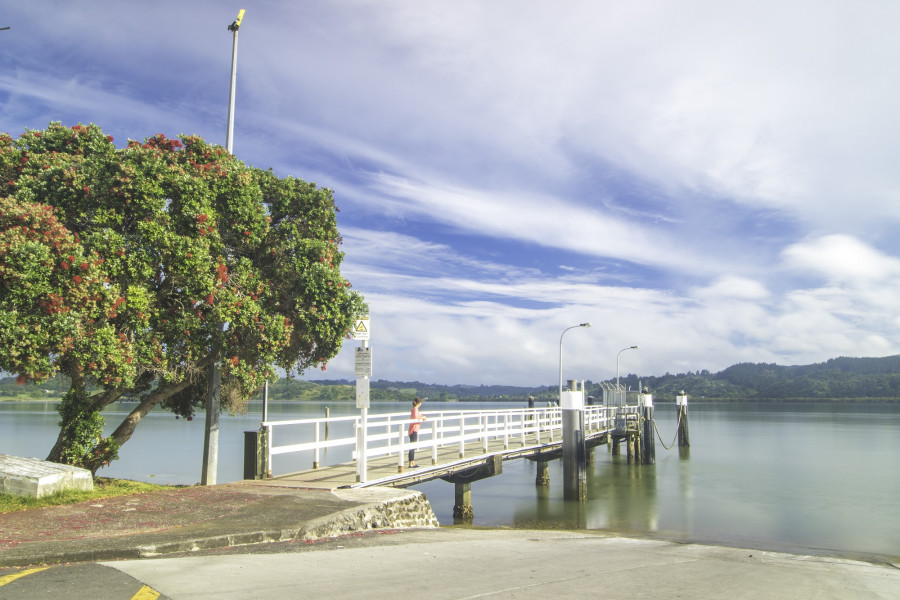
Rāwene
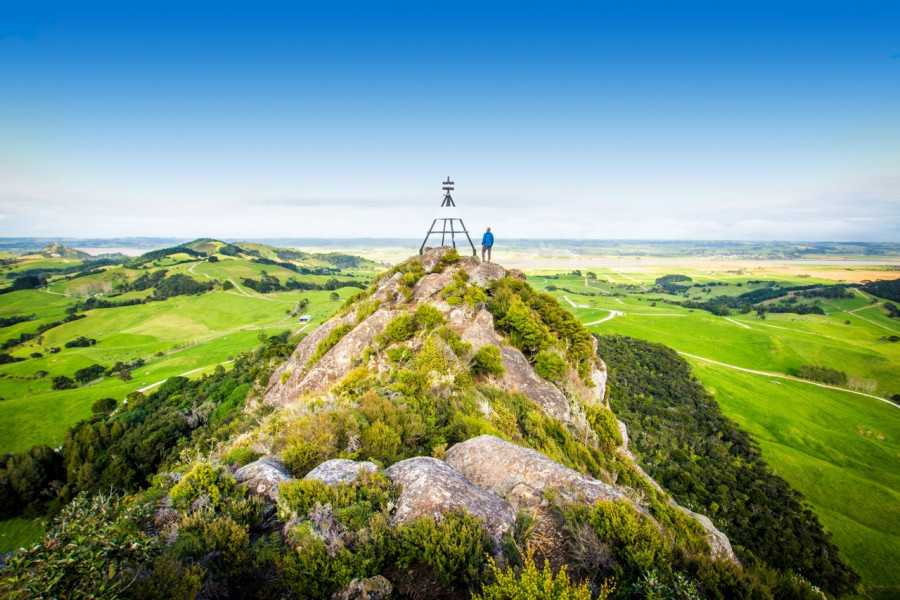
Maungaraho Rock
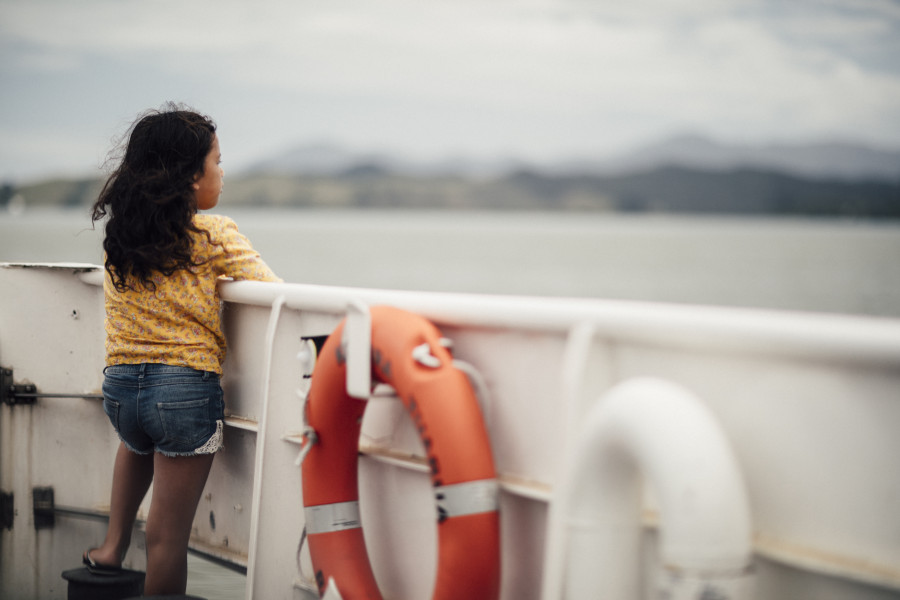
Hokianga Ferry
Dargaville, Ruawai and Poutō
Nestled beside the Northern Wairoa River, Dargaville has a rich heritage of kauri logging, gum digging, and shipbuilding, and local galleries specialise in kauri timber and swamp kauri products. The Dargaville Museum offers a fascinating look at the area’s history, and hosts shipwreck relics including the mast of the ill-fated Greenpeace protest ship Rainbow Warrior. Next door sits the Kaipara Heritage and Machinery Museum, and both boast an outstanding panoramic view of the town and river. The town is a treasure trove of cafes, restaurants, and little shops, as well as a service centre for the wider farming community, meaning it's the place to stock up before heading up the wild west coast. For those with more time, enjoy a rail cart cruise, wander the river walk, or enjoy the riverside gardens. Dargaville and Ruawai are the principal centre of kumara (sweet potato) production in Aotearoa New Zealand. Further along State Highway 12 you can climb the amazing Tokatoka Peak - the core or plug of an ancient volcano. At the very southern end of this region, Poutō Peninsula is one of Taitokerau Northland's best kept secrets, with its ever-shifting sands, petrified kauri, and fossilised leaves. Its seafaring history speaks of more than 100 shipwrecks entombed in dunes and sandbars around the treacherous Kaipara harbour while Aotearoa New Zealand's oldest wooden lighthouse stands proud at Poutō Point.
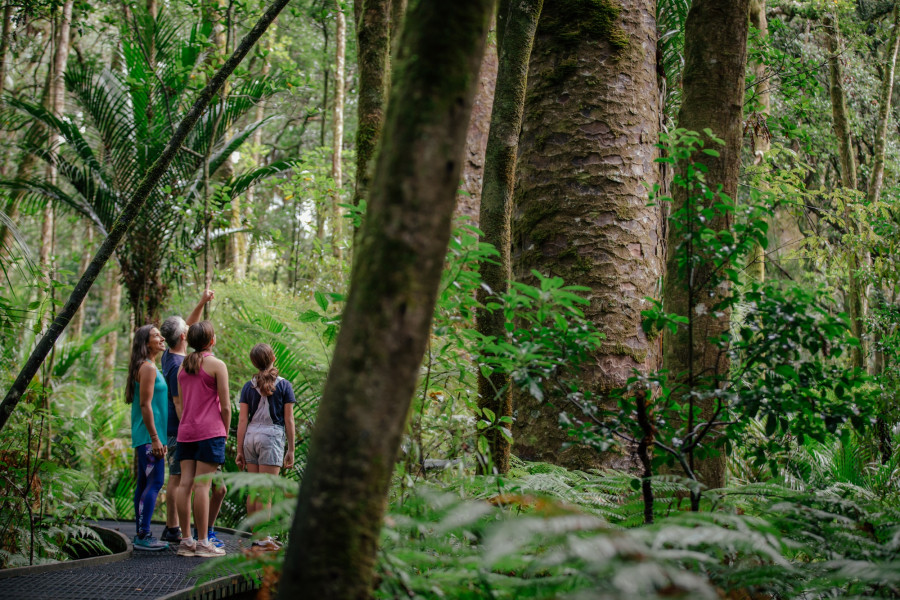
Trounson Kauri Park
Baylys Beach, Omamari, Trounson, Kai Iwi Lakes
Ripiro Beach stretches for 100km between Poutō Point & Maunganui Bluff. High sand dune cliffs line most of the beach, with entrance and exit points at small coastal settlements like Baylys Beach and Omamari. Baylys Beach is great for camping or relaxing in a café, and Omamari is a quiet settlement with holiday homes close to the picturesque Kai Iwi Lakes. These freshwater dune lakes are crystal clear, with sandy shallows perfect for families, and deeper drop-offs into brilliant blue water, perfect for activities like paddleboarding. The lakes are also a popular camping area that fills up quickly in summer. Just a little further north, Trounson Kauri Park is a predator-free mainland ‘island’ of kauri forest and native wildlife and is a window into the ancient and pristine kauri forests of Aotearoa New Zealand. Self-guided night-time walks available to guests of the nearby Holiday Park are a chance to encounter thriving native species, including kiwi, in their natural habitat.
Matakohe, Paparoa, Maungaturoto
The deservedly famous Kauri Museum in Matakohe is a must-see whilst in Taitokerau Northland. Learn the story of the kauri tree, about the timber and gum trade, and the people who were a part of these kauri industries. The grounds consist of a pioneer schoolhouse, original church and museum, and the area also is home to a cycle trail and artist galleries. Nearby at Pahi you'll find a giant tree of another kind - a Moreton Bay Fig Tree with a canopy over 50m wide. Further south along State Highway 12 you'll find Paparoa, complete with charming historic buildings, a local country pub and Saturday farmers markets. Maungaturoto is a classic country town with quirky collection of shops and great little cafes.
The Kauri Museum
